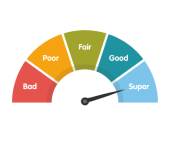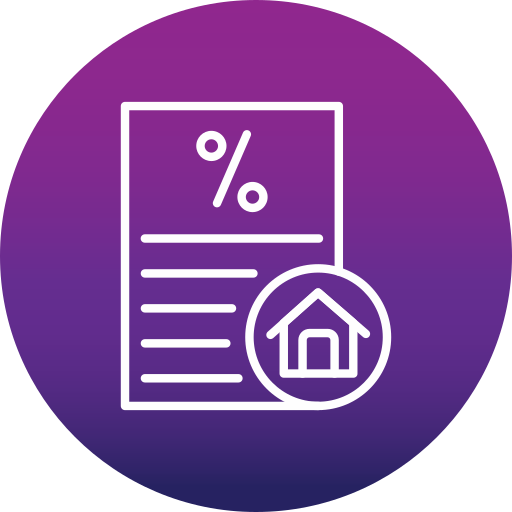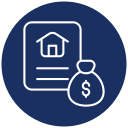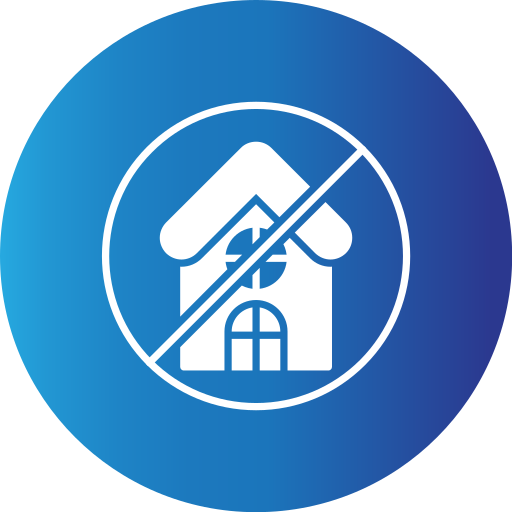Special Offers




Special Offers




28-Sep-2023 | Green Home

As the world copes with environmental challenges, there has been a growing shift towards sustainable living. One of the most significant steps individuals can take towards reducing their carbon footprint is investing in eco-friendly homes. These homes, also referred to as green homes, are designed to minimise the impact on the environment while also offering economic benefits to homeowners.
In this comprehensive guide, we will explore the economics of eco-friendly homes, highlighting how they can save you money while contributing to the preservation of our planet
Green homes are residential buildings designed and constructed with the environment in mind. They incorporate various features and practices to reduce energy consumption, minimise waste, and promote a healthier living environment. Some common features of green homes include energy-efficient appliances, solar panels, proper insulation, and sustainable building materials.
Lower Energy Bills: One of the immediate economic benefits of green homes is lower energy bills. Energy-efficient features such as better insulation, LED lighting, and smart thermostats can significantly reduce your monthly utility expenses.
Improved Indoor Air Quality: Green homes are designed to have better indoor air quality. The use of non-toxic building materials and advanced ventilation systems ensures that you and your family breathe cleaner air, reducing healthcare costs associated with indoor pollutants.
Increased Property Value: Eco-friendly homes are in high demand, and their resale value tends to be higher than traditional homes. Investing in green housing can offer long-term financial benefits.
Self-Built Green Homes: Some individuals choose to build their green homes from scratch, tailoring them to their specific needs and preferences. Here, the long-term savings and customization options are substantial.
Retrofitted Green Homes: Existing homes can also be retrofitted to incorporate Eco-friendly features. This approach allows homeowners to gradually transition to a greener lifestyle without the need for a complete rebuild.
Costs: It is essential to acknowledge that it is a myth that green homes cost much compared to traditional homes. In the long run, energy-efficient appliances, solar panels, and sustainable building materials help in reducing overall bills, maintenance charges, and other expenses. However, these initial investments often pay off in the longer run through reduced utility bills and maintenance costs.
Financing Options: Homebuyers interested in green housing can explore various financing options, including green home loans. These loans offer favourable terms to incentivize eco-friendly home purchases, making it easier for individuals to invest in sustainable living.
ROI: The return on investment for green homes is a compelling factor for many buyers. Over time, the energy savings and potential other benefits can help recoup the initial investment.
Tax Benefits: Depending on your location and local regulations, you may be eligible for tax credits and incentives for investing in green features such as solar panels or energy-efficient appliances.
|
Fact |
Impact of Green Homes |
|
Percentage of Green Homes |
If 20% of 10 lakh houses are green homes |
|
Water Savings |
4 green homes can save enough water to supply 1 additional house |
|
Energy Savings |
5 green homes together will save enough energy to power 1 additional house |
|
Annual Healthcare Expense Savings in Delhi, India |
Approximately over Rs. 1000 crores by reducing CO2 emissions |
Green homes are designed to be highly energy-efficient, which translates to lower energy consumption. These homes typically consume much less energy than conventional homes, resulting in substantial savings over the years.
Many green homes incorporate solar panels, which harness the power of the sun to generate electricity. This not only reduces electricity bills but can also lead to surplus energy that can be sold back to the grid, providing additional income.
Sustainable homes often feature water-saving fixtures and landscaping designs that reduce water consumption. This not only conserves a precious resource but also lowers water bills.
Some green homes include rainwater harvesting systems, which collect rainwater for various household uses, further reducing dependence on municipal water sources.
Green homes prioritise the use of sustainable building materials, which are often durable and low-maintenance. These materials contribute to lower long-term maintenance costs.
Examples of sustainable materials include bamboo flooring, recycled steel, reclaimed wood, fly ash bricks, etc.
Eco-friendly homes are designed to be resilient and withstand environmental challenges. Their durability can save homeowners money on repairs and renovations over time.
The use of quality insulation, weather-resistant roofing materials, and termite-resistant construction can extend the lifespan of green homes.
Green homes significantly reduce your carbon footprint by using less energy and fewer resources. This environmental benefit not only helps combat climate change but can also lead to further savings through carbon offset programs.
Many green housing developments are part of sustainable communities that encourage eco-friendly practices and offer shared resources. These communities may have communal gardens, renewable energy systems, and recycling programs that further reduce costs.
One of the challenges of transitioning to green housing is the need for education and awareness. Many individuals may not be aware of the economic and environmental benefits of eco-friendly homes.
Government initiatives, educational programs, and outreach efforts can help bridge this knowledge gap.
The upfront costs of green homes might be a barrier for some buyers. However, government incentives, tax credits, and green home loan programs aim to make eco-friendly housing more accessible.
Financial institutions and lenders can also play a role in promoting green housing by offering favourable financing options. Aavas Financiers’ Green Housing Program is the first of its kind initiative globally and seeks to bridge a critical financing gap in the beneficiary-led construction of green individual homes.
In conclusion, the economics of eco-friendly homes are multifaceted, offering substantial financial benefits while contributing to a more sustainable planet. The long-term savings on energy bills, reduced maintenance expenses, and potential tax incentives make green housing an economically viable choice. Moreover, the positive environmental impact of green homes cannot be overstated, as they help combat climate change and reduce overall resource consumption.
As individuals and communities continue to prioritise sustainability, the popularity of green housing is likely to increase. Whether you choose to build your self-built green home or retrofit an existing one, the economics of eco-friendly homes make them a sound investment for both your financial well-being and the health of the planet.
Therefore, if you are considering a home loan or looking to make a significant investment in your future, green homes should undoubtedly be at the top of your list. By choosing sustainability, you are not only saving money but also contributing to a brighter, greener future for generations to come.